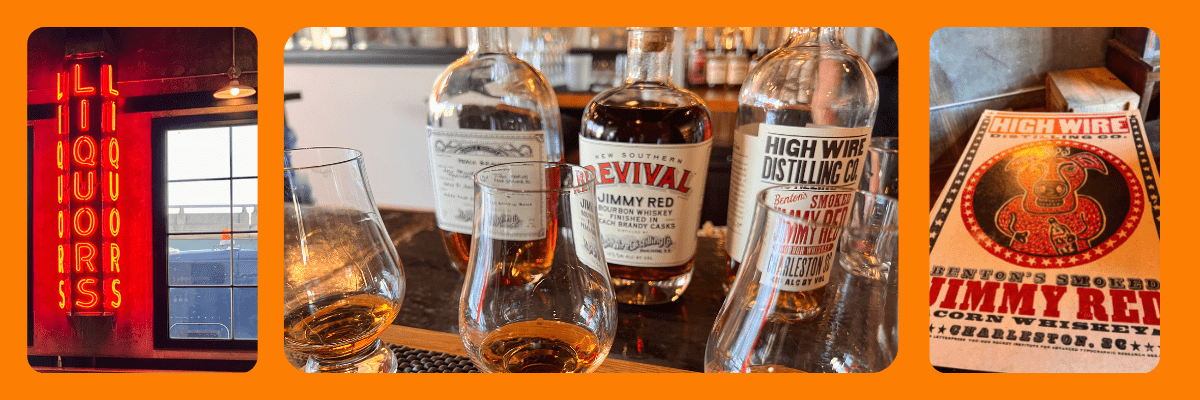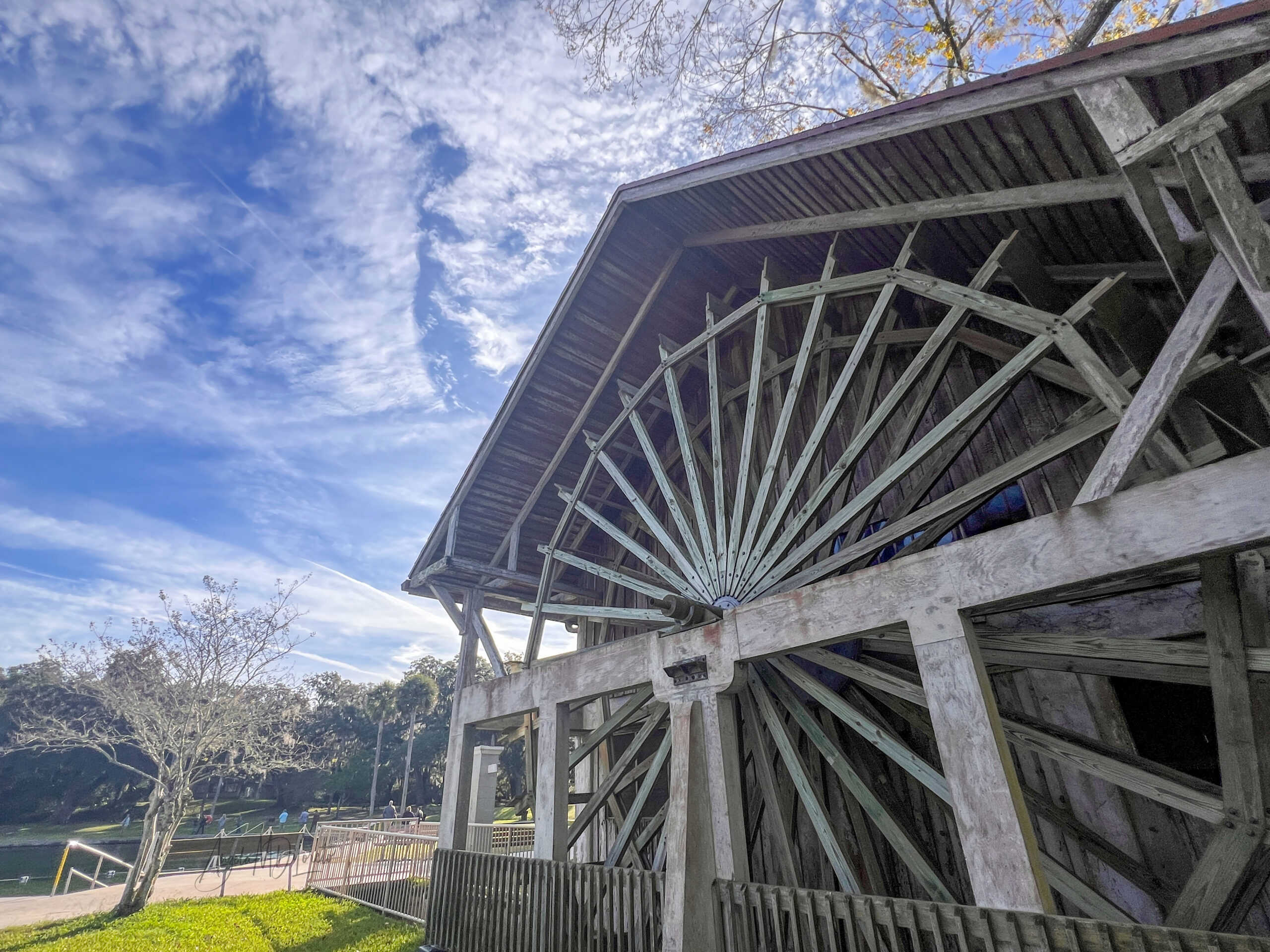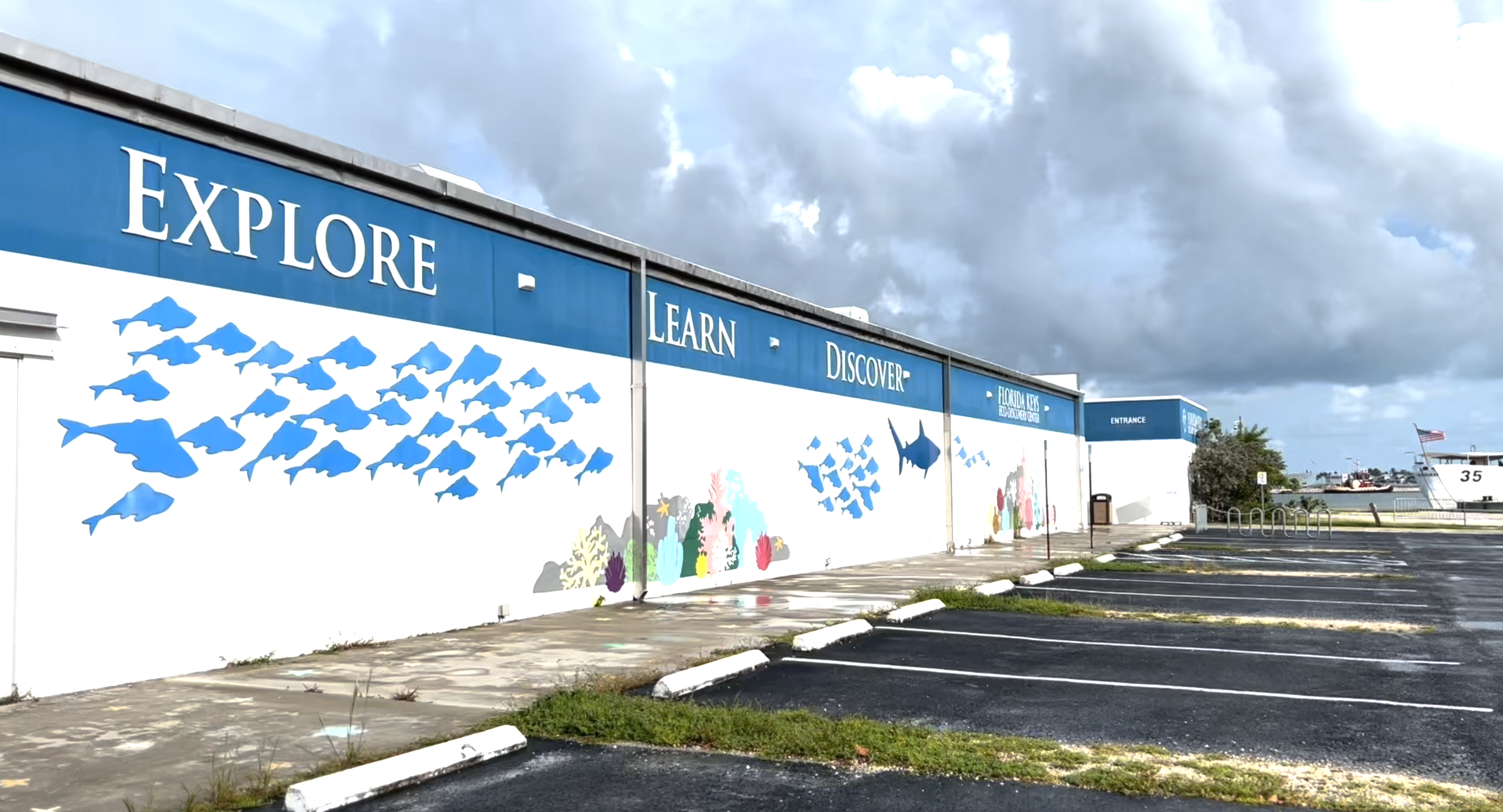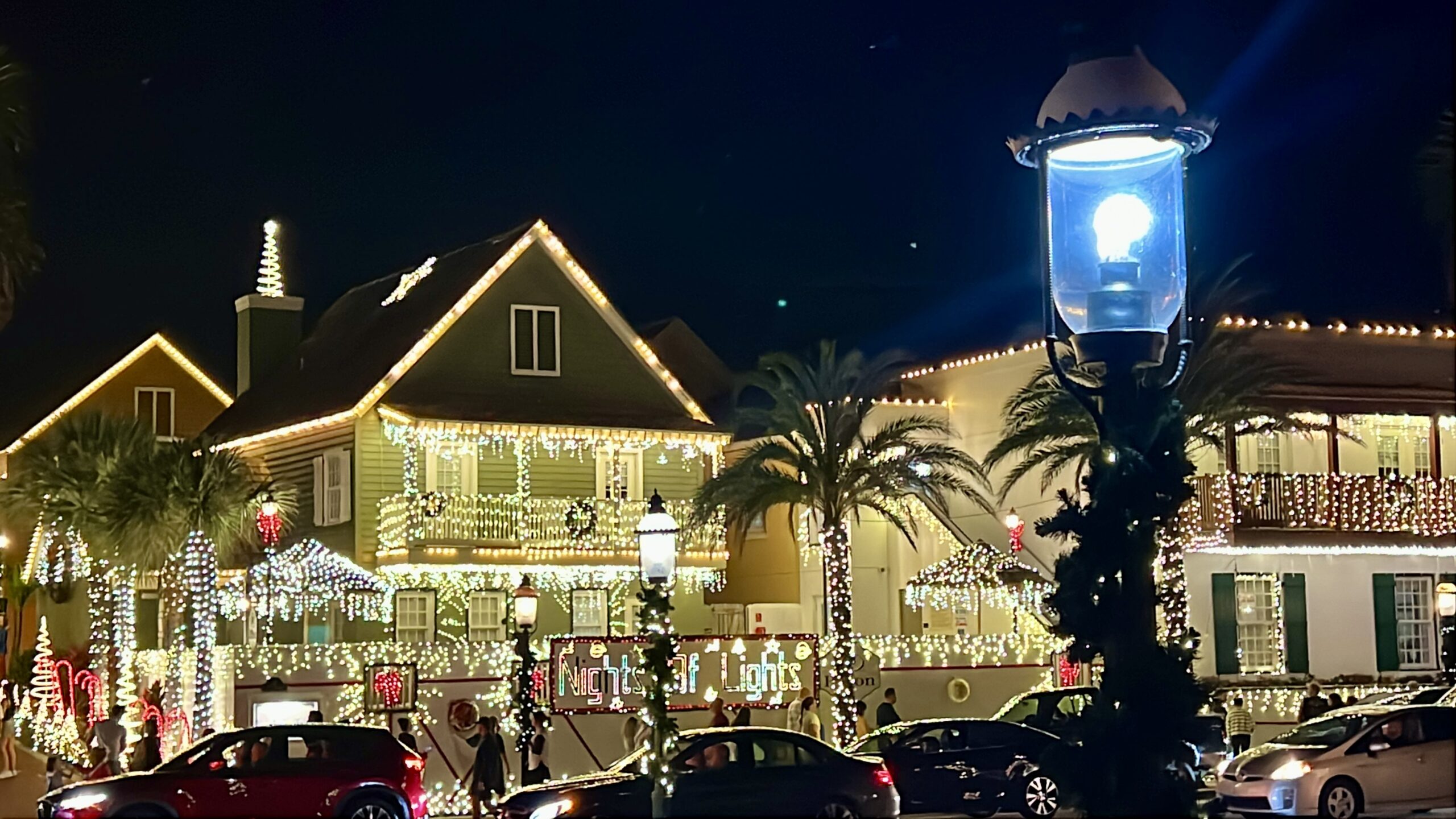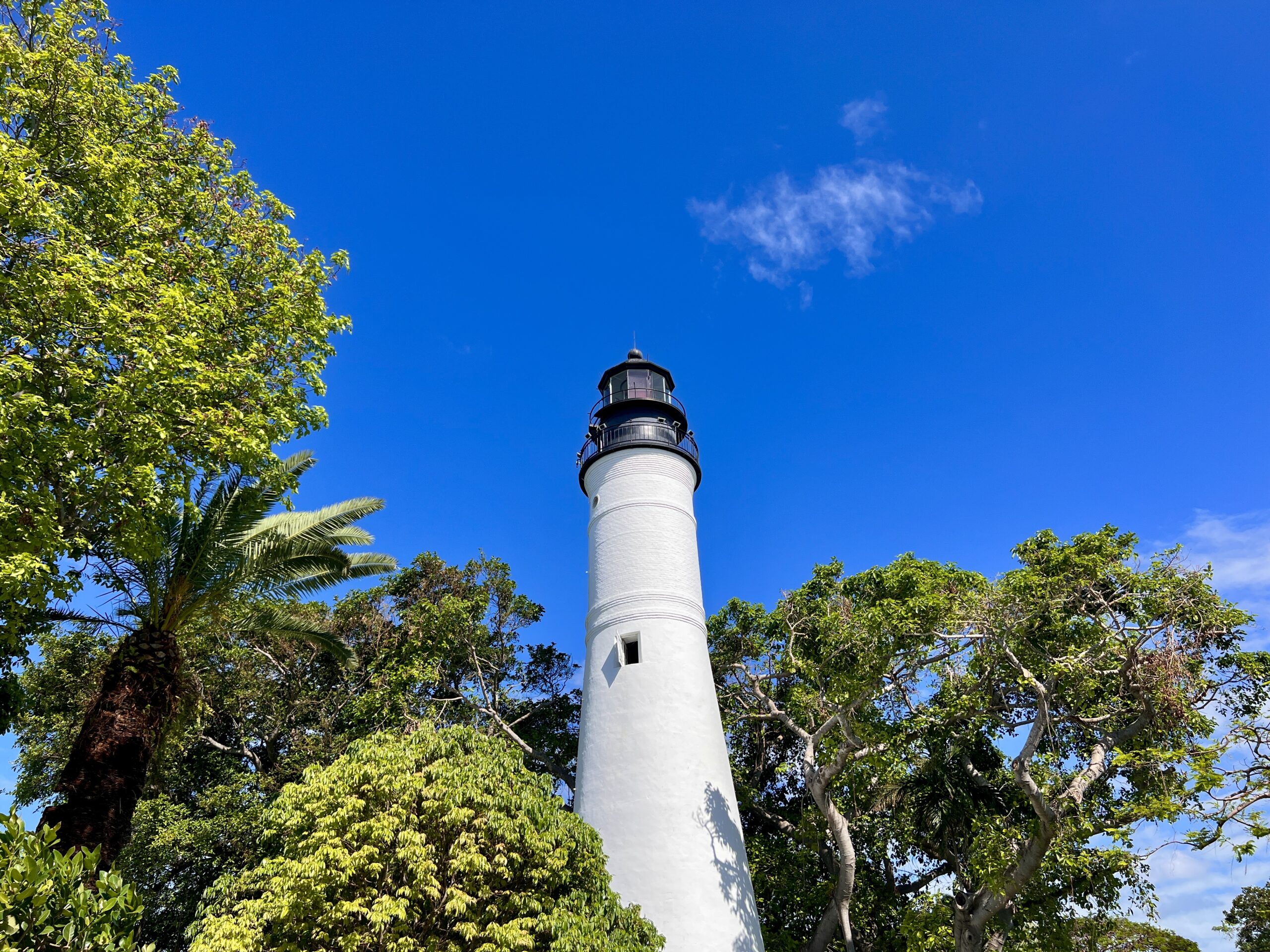First, what is bourbon and how does it differ from whiskey?
Disclosure: Some links on our site are affiliate links. If you purchase a linked item, we will make a commission, at no extra charge to you.

Bourbon is solely an American spirit. It is not produced anywhere else in the world unlike whiskey (or whisky if deriving from Scotland). Whiskey is distilled from a “mash” of grains that can include corn, wheat, rye, barley, or a mix of any of these. Bourbon must consist of at least 51% corn. The aging of the two spirits differs, as well. Whiskey need only be exposed to oak while bourbon must be aged in new charred oak barrels. The charring is what gives bourbon its’ unique smoky taste. Finally, whiskey is never distilled to more than 190 proof while bourbon is limited to 160 proof. Additionally, bourbon must enter the charred oak barrel at 125 proof and bottled at no less than 80 proof.
Now that we’ve discussed the subtle differences between the two, let’s talk about a small-batch distiller in Charleston, South Carolina. Entrusted with just enough seeds to grow 2.5 acres (at first) of a variety of corn recently brought back from the edge of extinction. High Wire Distilling worked with Clemson University to distill a batch of a very unique bourbon. Well, unique today but common in bootlegging days.
At the turn of the 20th Century, Jimmy Red corn made its’ way from Appalachia to Charleston. A favorite of local farmers and bootleggers, this blood-red corn with a rich, oily germ was found to produce a great “hooch”. Or moonshine. But due to the illegal nature of its use, Jimmy Red corn nearly became extinct when the last known bootlegger to grow it died in the early 2000s. But two ears from his plot were gifted to a local farmer named Ted Chewning.
Ted Chewning loved saving seeds. Both in the sense of setting something aside for reuse and of rescuing something from being lost. Some of the other varieties of vegetables he’s saved from extinction include other corn, beans, heirloom radishes, watermelons, and field peas. With Jimmy Red, he saved kernels each year to increase the seed stock. Chewning gave seeds to organic farmers and Anson Mills, among others. Through these efforts, Jimmy Red corn is seeing a resurgence. Chefs are using it in their cooking for its’ unique taste. And distillers like High Wire Distilling are using it for their great-tasting New Southern Revival Brand Jimmy Red Bourbon.
When Glenn Roberts, the founder of heirloom seed purveyor Anson Mills, laid out 50 different varieties on a table for High Wire’s co-founder Scott Blackwell, he had one question.
“Which one makes the best whiskey?”
“Jimmy Red!”
With that, Blackwell wrote a grant check to Clemson University to grow 2.5 acres. In 2014, High Wire crafted two barrels of 100% corn-based bourbon. Those two barrels yielded 570 bottles which sold out in 11 minutes. Jimmy Red was back! And no longer was it used by bootleggers. Legitimate distillers were now using it. And ironically, by Charleston’s first distillery since Prohibition.

In 2015, Blackwell grew 14 acres. In 2016, 65 acres. And in 2017, he grew 85 acres. Each year he grows a little bit more. But he also experiments with different farms. Labeling each bottle with the farms where it was grown.
Jimmy Red has an extremely high oil content which accounts for a 3” thick oil cap on the mash. This cap is blended back into the mash and creates an unusually creamy taste. The corn’s nutty and sweet taste means it doesn’t need wheat or rye added to the mash for taste. Jimmy Red has enough flavor on its’ own.
A community of farmers around Charleston, with the help of Clemson University, saved this unique variety of corn from the brink of extinction. And together grew it into a Southern renaissance of food and drink. Creating a smooth bourbon with sweet-tasting notes of butterscotch and even banana.

